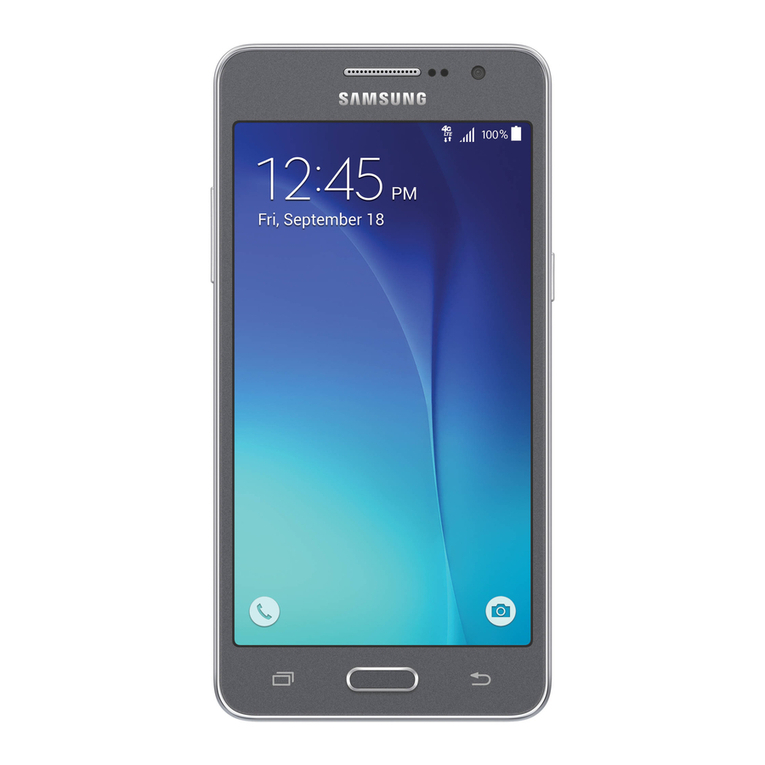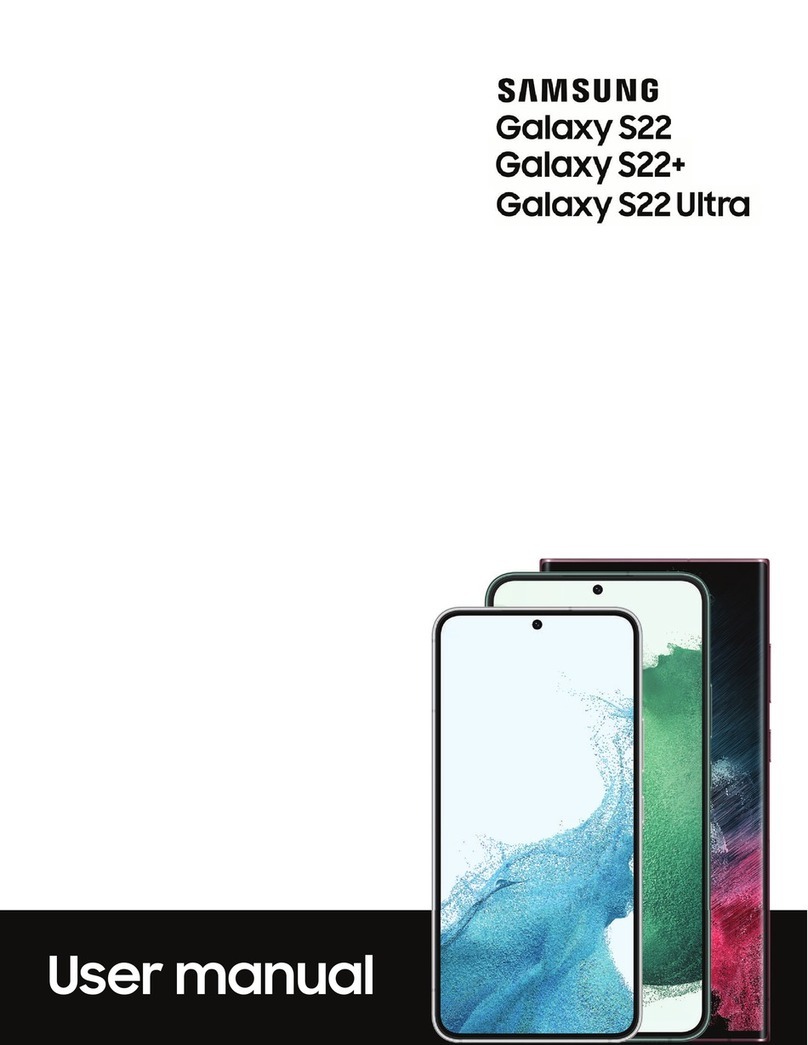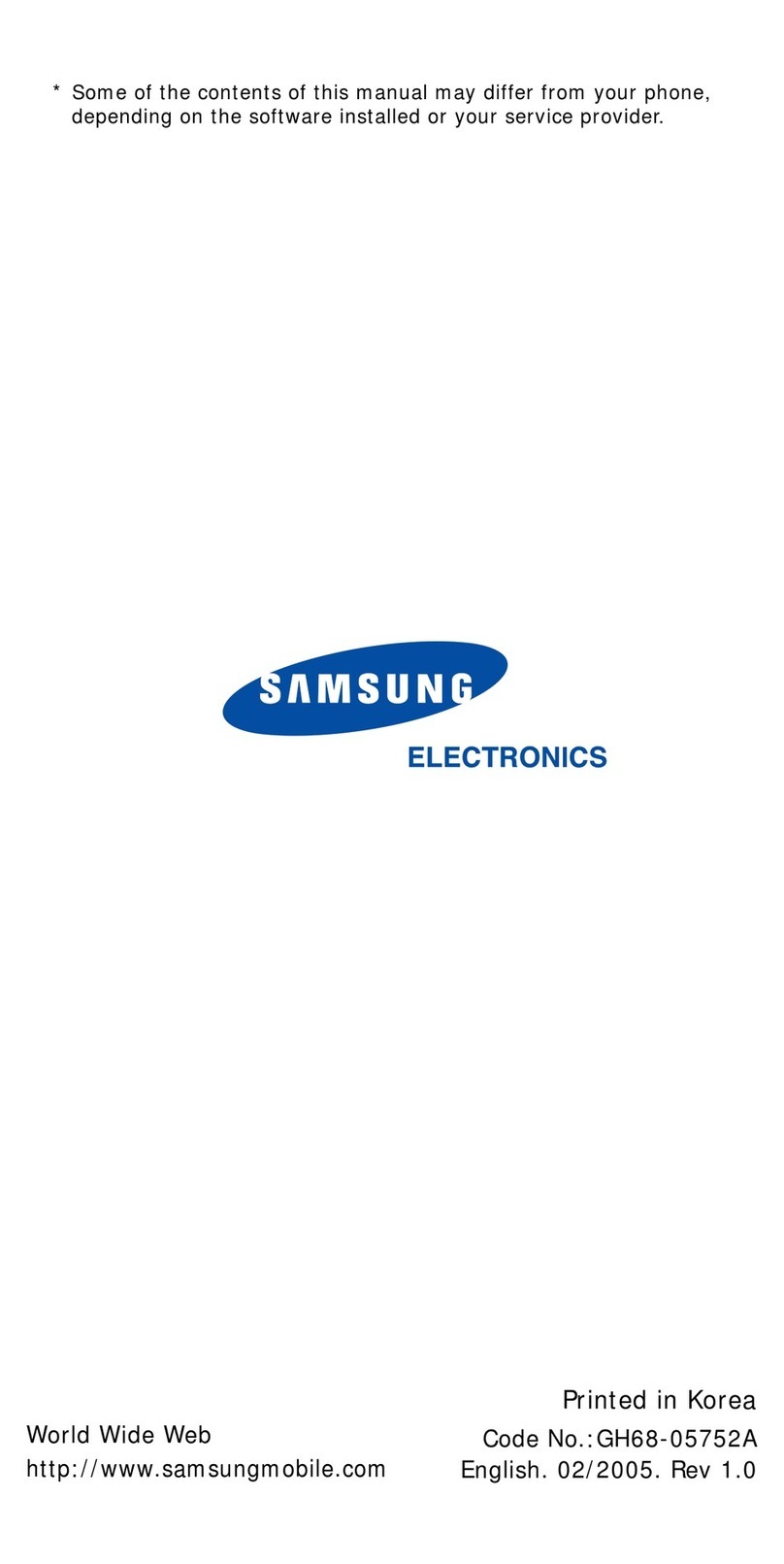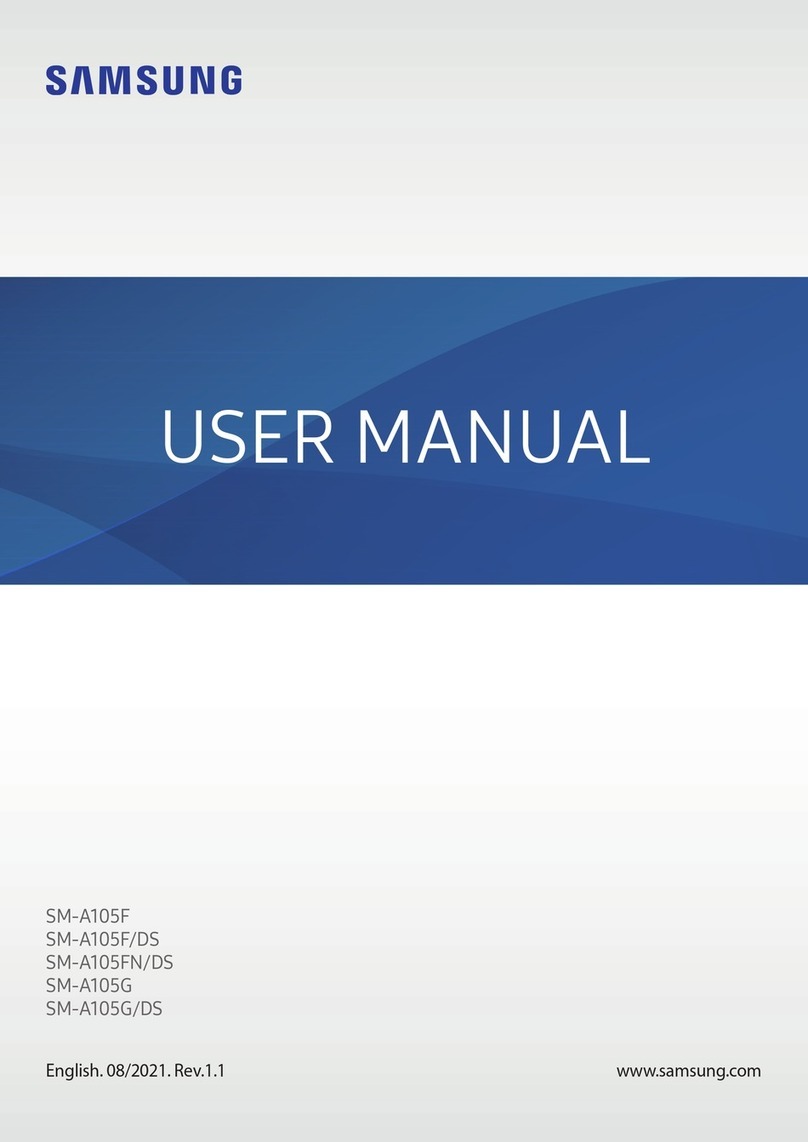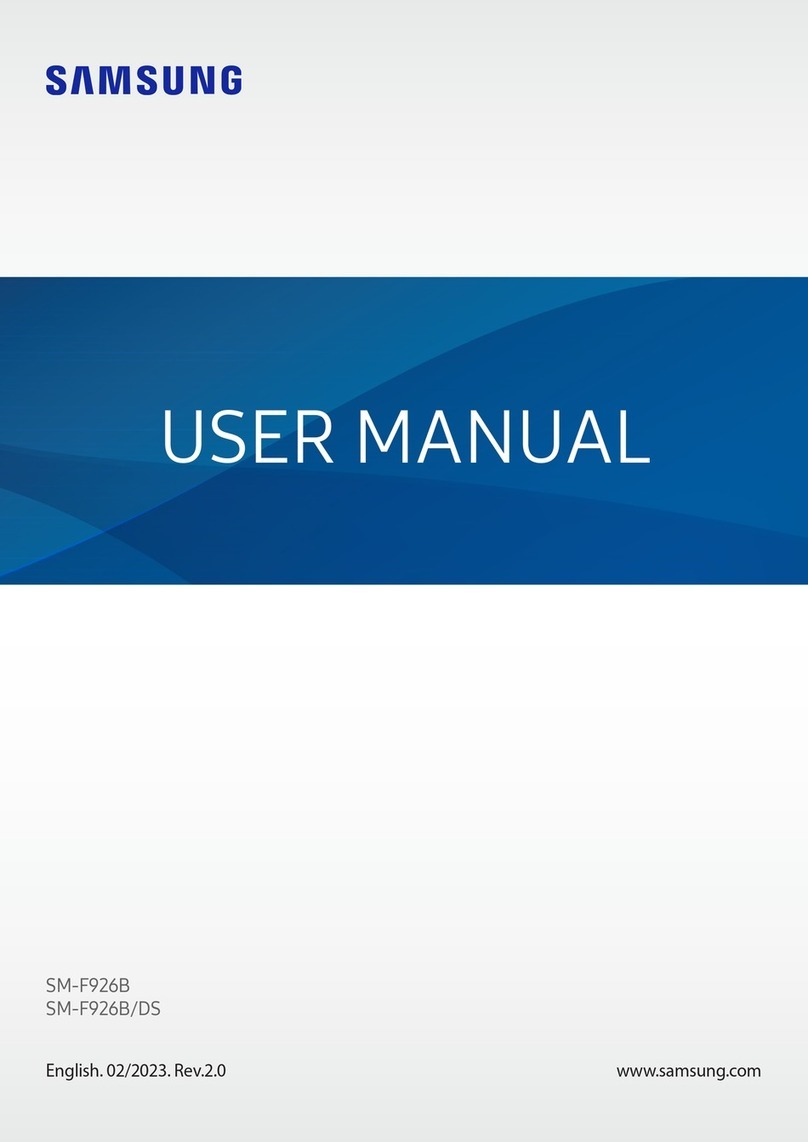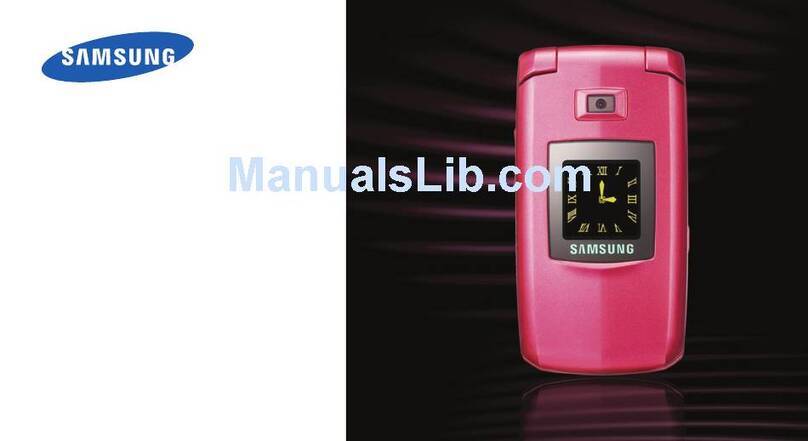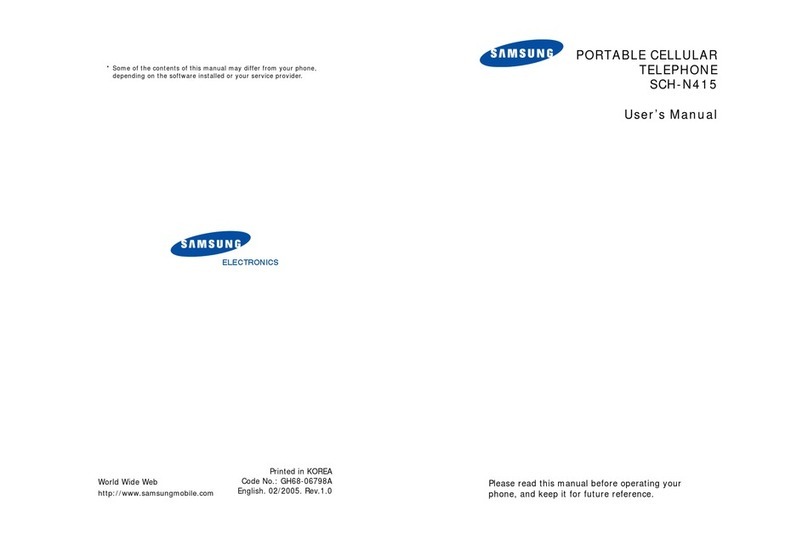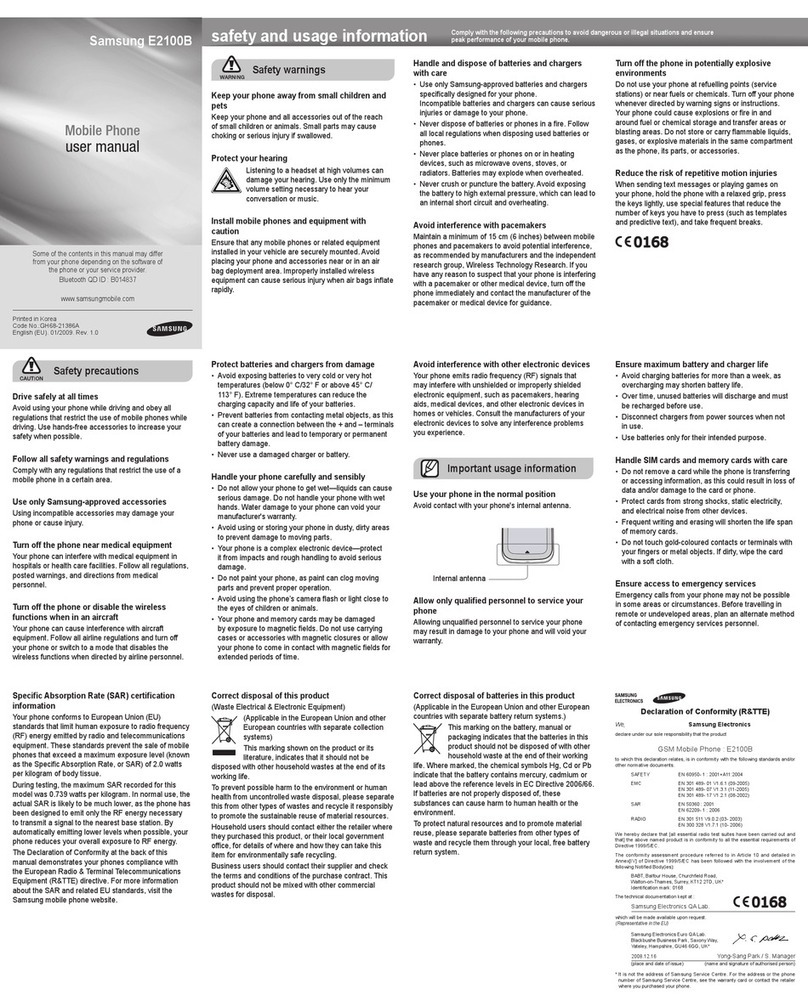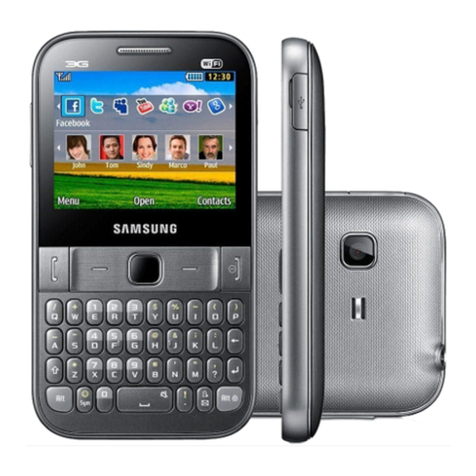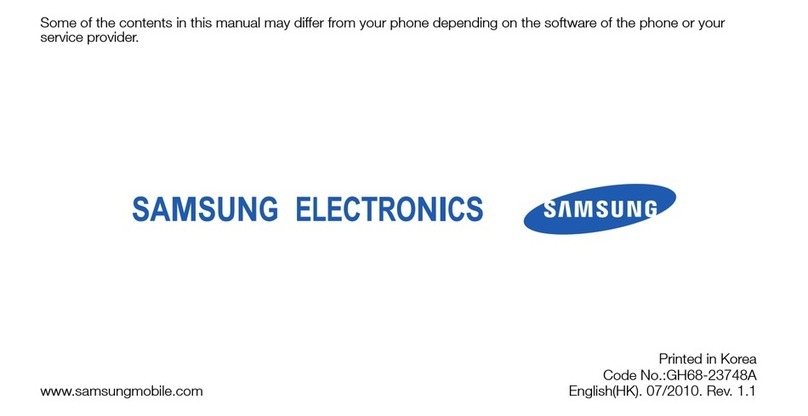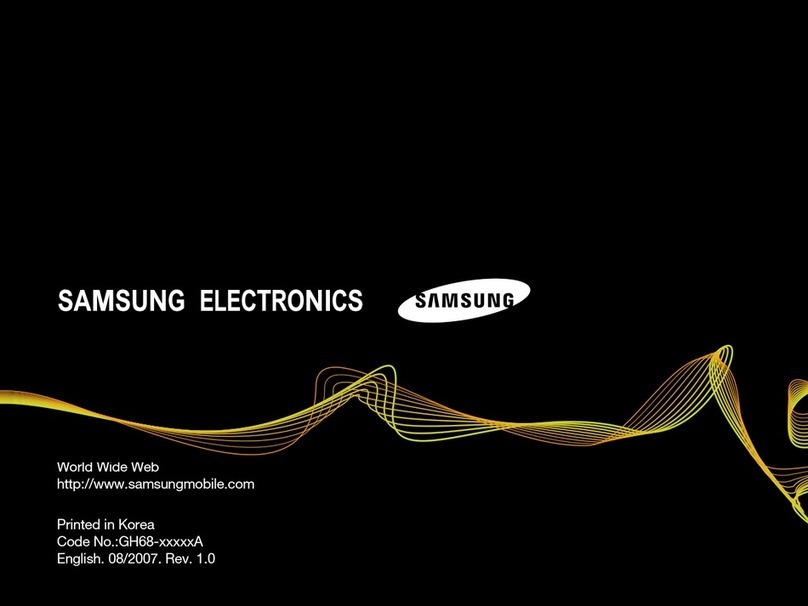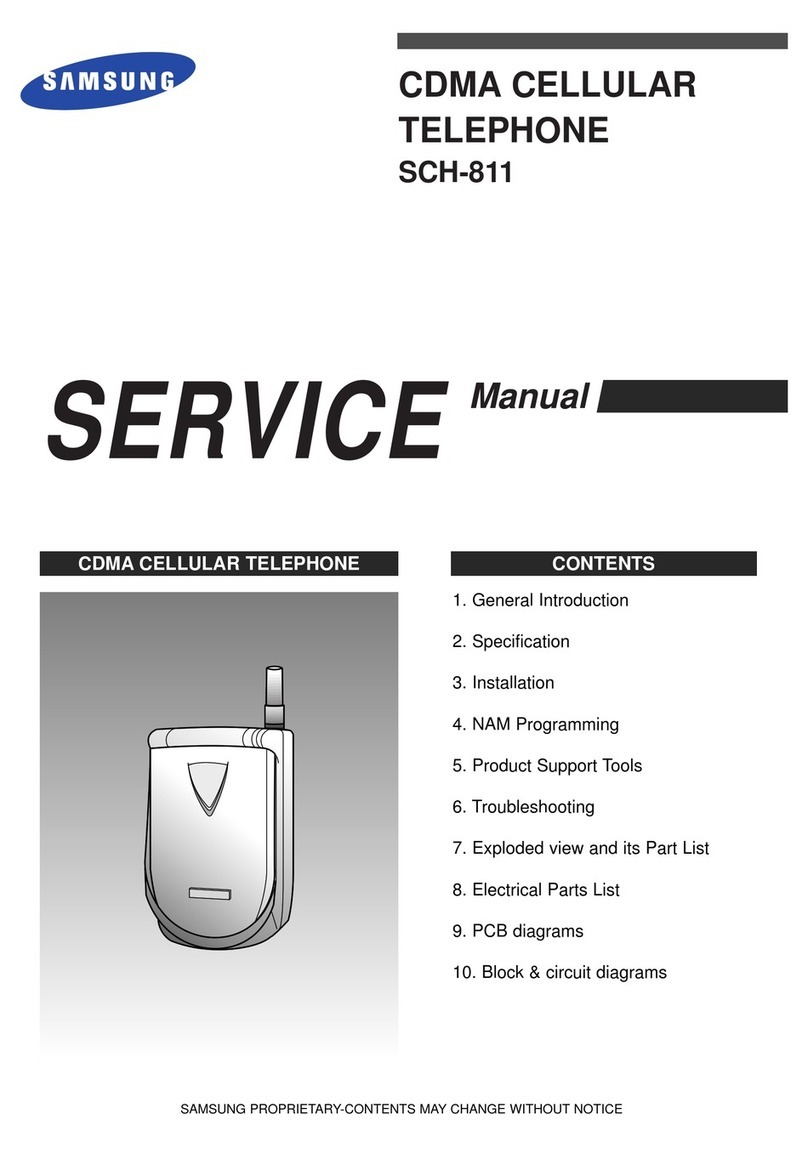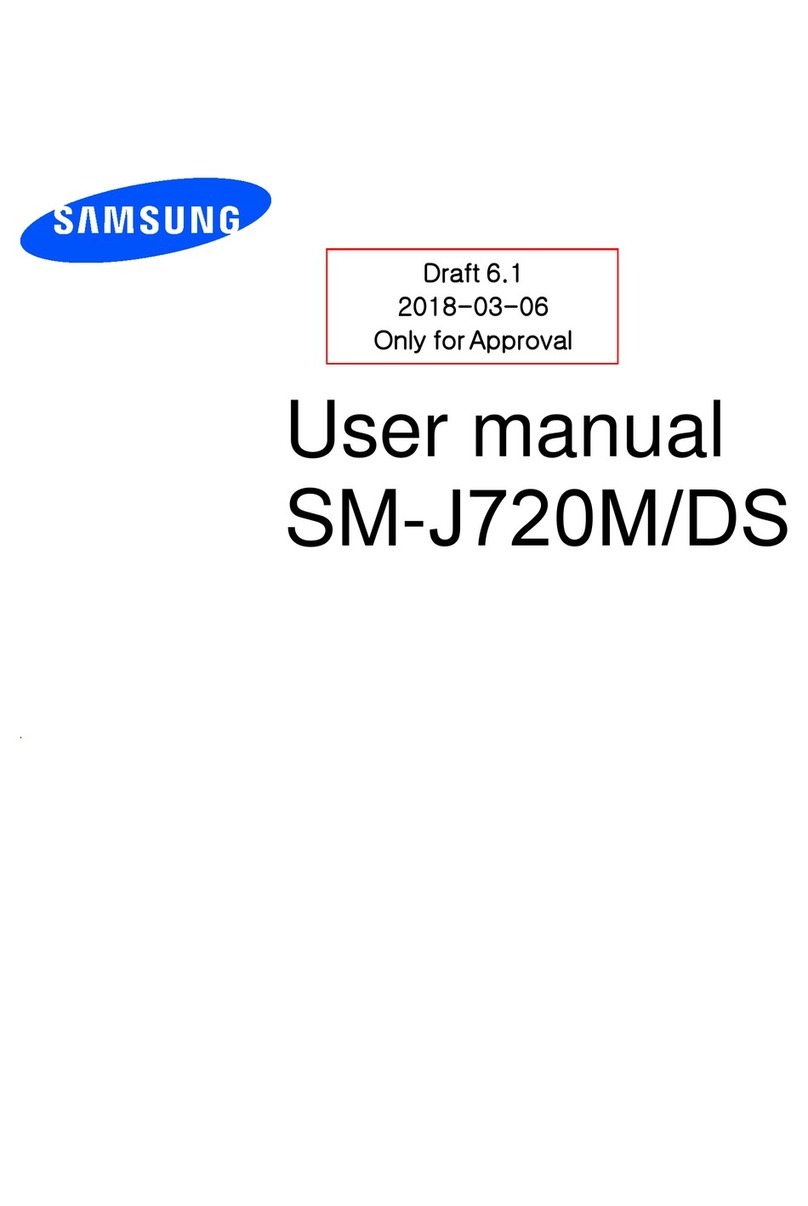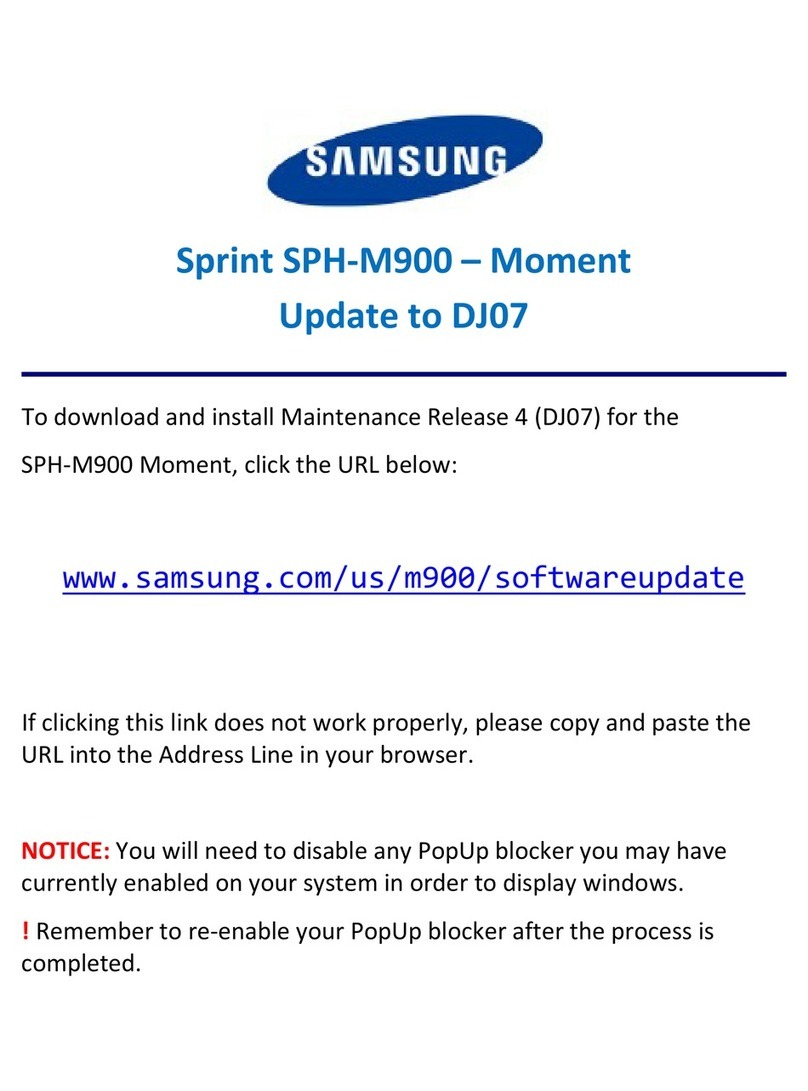Consum er I nfor m at ion on W ir eless Phones
The U.S. Food and Drug Adm inistration (FDA) has published a series of
Questions and Answers for consum ers relating to radio frequency ( RF)
exposure from wireless phones. The FDA publication includes the
following inform ation:
W ha t k in ds of ph on e s a re t he su bj ect of t h is u pd at e ?
The term wireless phone refers here to hand-held wireless phones with
built-in antennas, often called “cell,” “m obile,” or “PCS” phones. These
types of wireless phones can expose the user to m easurable radio
frequency energy (RF) because of the short distance between the phone
and the user's head. These RF exposures are lim ited by Federal
Comm unications Com m ission safety guidelines that were developed with
the advice of FDA and other federal health and safety agencies. When the
phone is located at greater distances from the user, the exposure to RF is
drastically lower because a person's RF exposure decreases rapidly with
increasing distance from the source. The so-called “cordless phones,”
which have a base unit connected t o the telephone wiring in a house,
typically operate at far lower power levels, and thus produce RF
exposures well within the FCC's com pliance lim its.
Do w ire less phon es pose a hea lt h hazar d?
The available scientific evidence does not show that any health problems
are associated with using wireless phones. There is no proof, however,
that wireless phones are absolutely safe. Wireless phones emit low levels
of radio frequency energy (RF) in the microwave range while being used.
They also em it very low levels of RF when in the stand-by m ode. Whereas
high levels of RF can produce health effects (by heating tissue), exposure
to low level RF that does not produce heating effects causes no known
adverse health effects. Many studies of low level RF exposures have not
found any biological effects. Som e studies have suggested that some
biological effects m ay occur, but such findings have not been confirmed
by additional research. In som e cases, other researchers have had
difficulty in reproducing those studies, or in determining the reasons for
inconsistent results.
W ha t is FD A' s r ole con ce r nin g t h e sa fe t y of w ir ele ss ph on es?
Under the law, FDA does not review the safety of radiation-em itting
consum er product s such as wireless phones before they can be sold, as it
does wit h new drugs or m edical devices. However, the agency has
authority to t ake action if wireless phones are shown to emit radio
frequency energy (RF) at a level that is hazardous t o t he user. I n such a
case, FDA could require t he m anufacturers of wireless phones to notify
users of the health hazard and to repair, replace or recall the phones so
that the hazard no longer exists.
Although the existing scientific data do not justify FDA regulatory actions,
FDA has urged the wireless phone industry to take a num ber of steps,
including the following:
